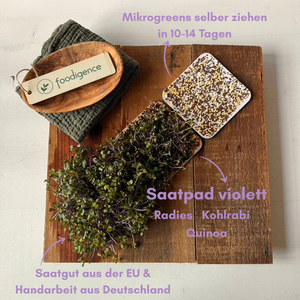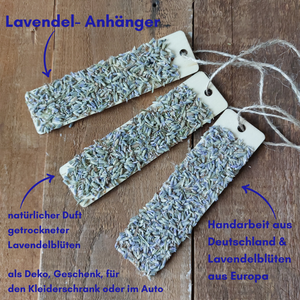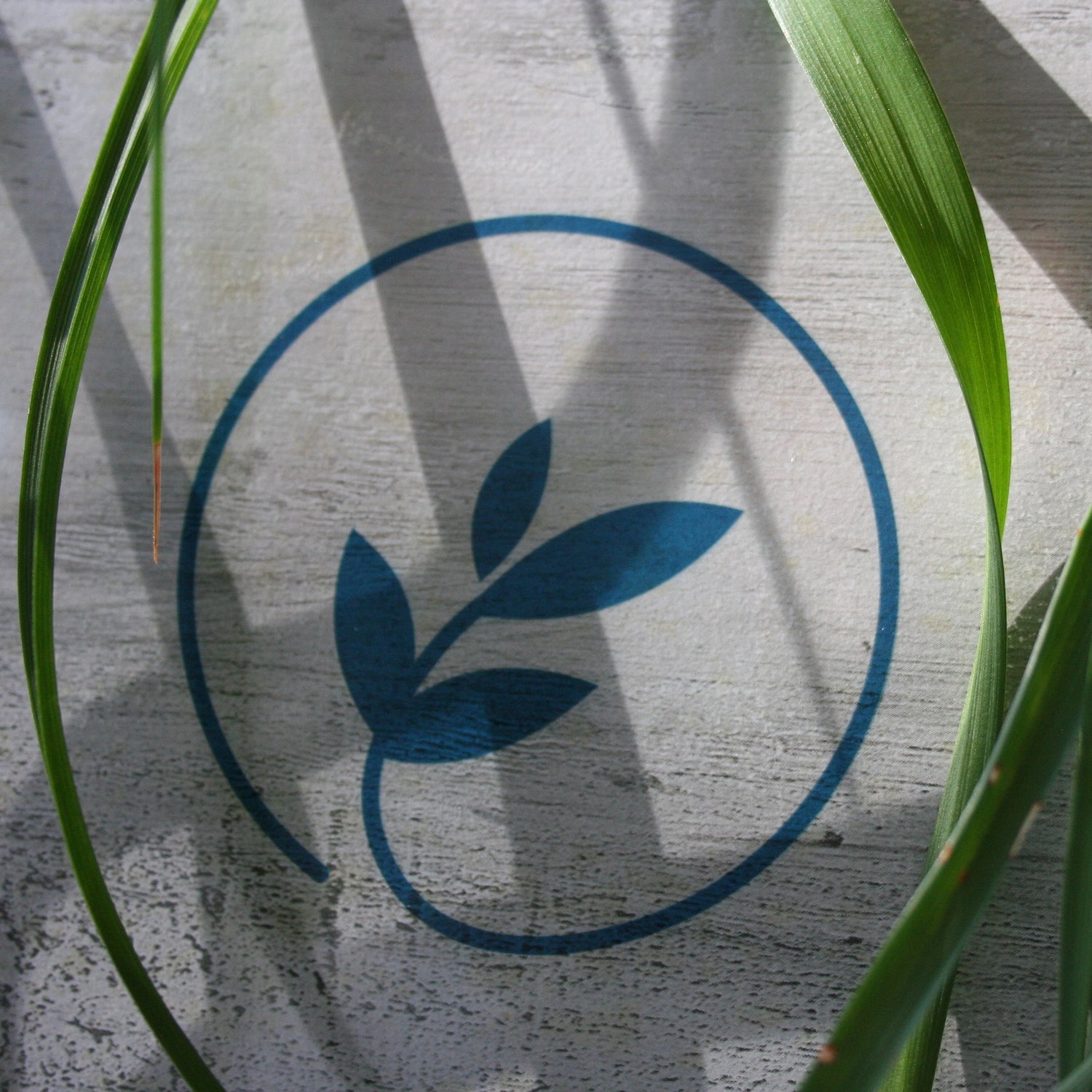
Topics
May we introduce you to the "top performers" of great foods. You simply should get to know them better! Are you ready?
pine nuts
 Small noble seed with potential
Small noble seed with potential
Pine nut profile
Botanical name
Pinus pinea
Family
Pine family
Origin of the name
As the name suggests, the kernels are extracted from the pine tree.
Origin/Cultivation
Pine nuts originate from Asia. To date, they are not cultivated in Europe, but are collected in the wild.
Facts in brief
High essential fat content - use peeled ones early and fresh - they go rancid quickly
Pine cones are harvested by hand
Happen
The kernels of the European pine come from Spain, Portugal, France and Turkey.
These are mostly harvested from wild trees, which makes pine nuts relatively expensive.
Cheaper kernels come from Asia, Korea or Afghanistan.
Season/Harvest Europe
are available year-round. However, harvesting takes place from October to April. Pine cones must be harvested by hand, which is a laborious and time-consuming task. Harvesting time varies depending on the type of pine tree and its location, but typically takes place in late summer or early autumn. Pine cones are usually harvested naturally: by waiting for the cones to fall from the trees on their own. Alternatively, the cones can be picked by hand, taking special care to avoid damaging the trees and the surrounding nature.
JAN x FEB x MAR x
APR x MAY x JUN x
JUL ˽ AUG ˽ SEP ˽
OCT ˽ NOV x DEC x
x not available ˽ Outdoor 2 Ո Storage / Greenhouse
Storage conditions
Pine nuts: dry, cool and protected from light
Peeled pine nuts do not keep for long, use early
Edible parts
pine nuts
Preparation form
raw, roasted
There's much more here
-
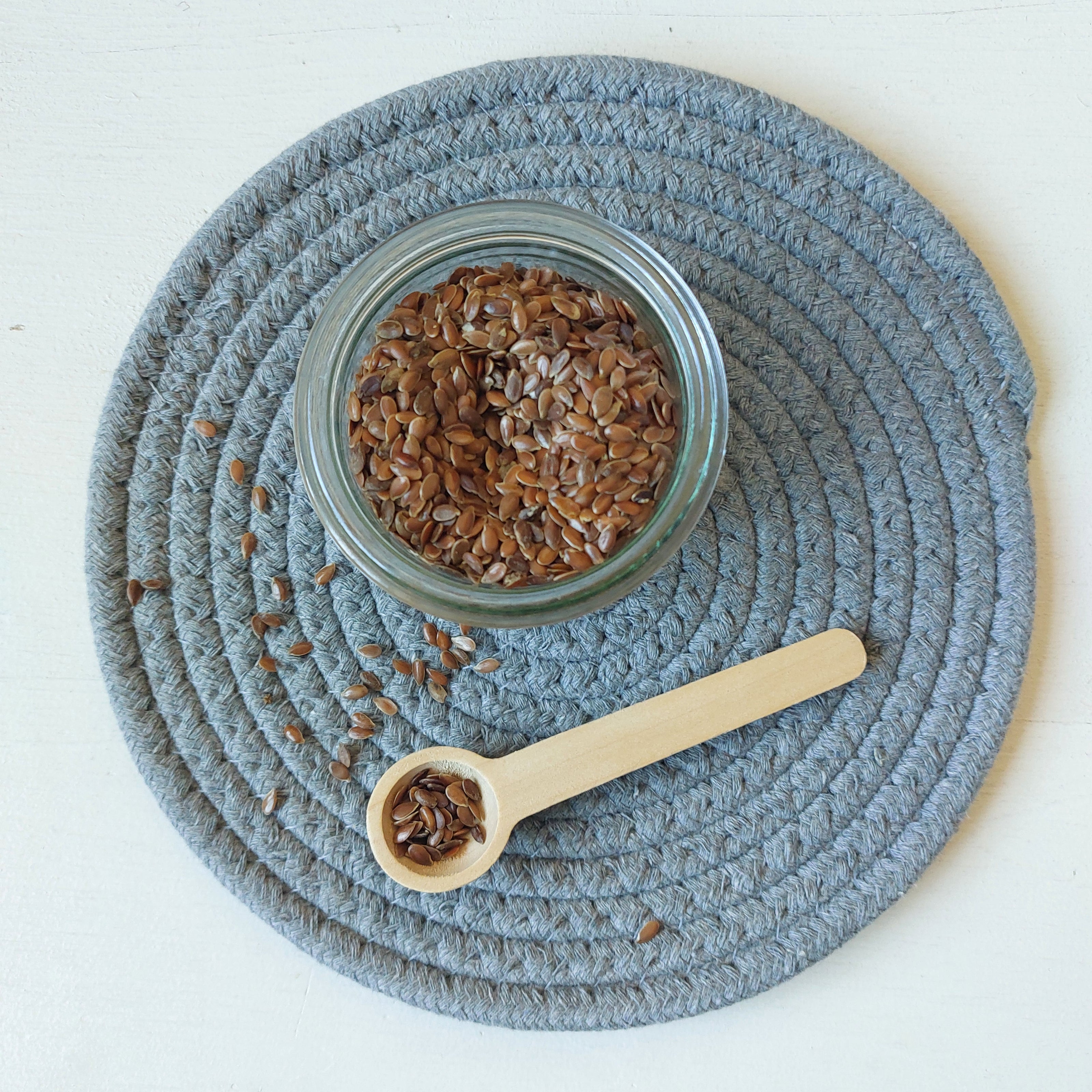
linseed
small seeds, great possibilities
-
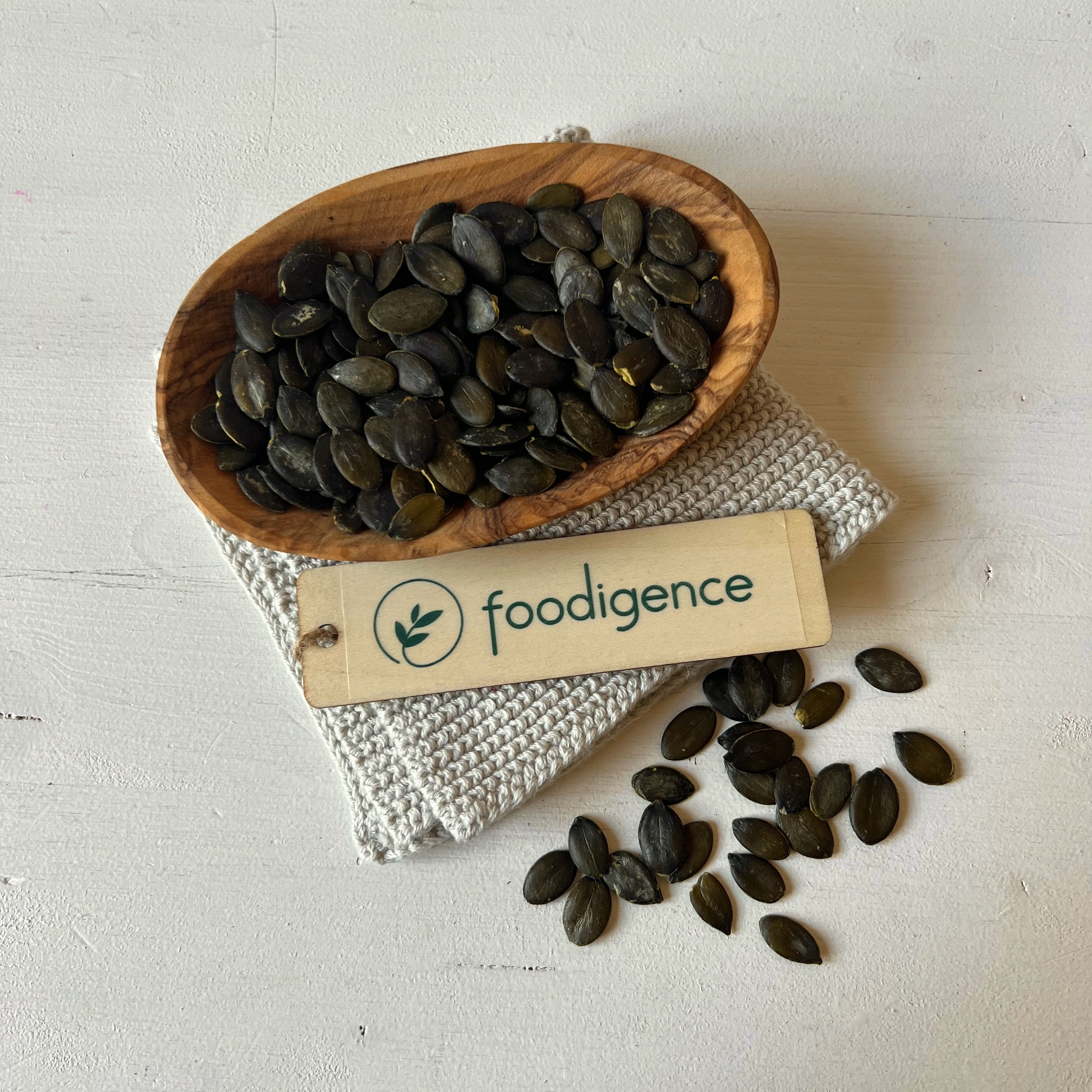
pumpkin seeds
versatile from seeds to fully grown pumpkins
-
Walnuts
Why do we have so few walnut trees left?
